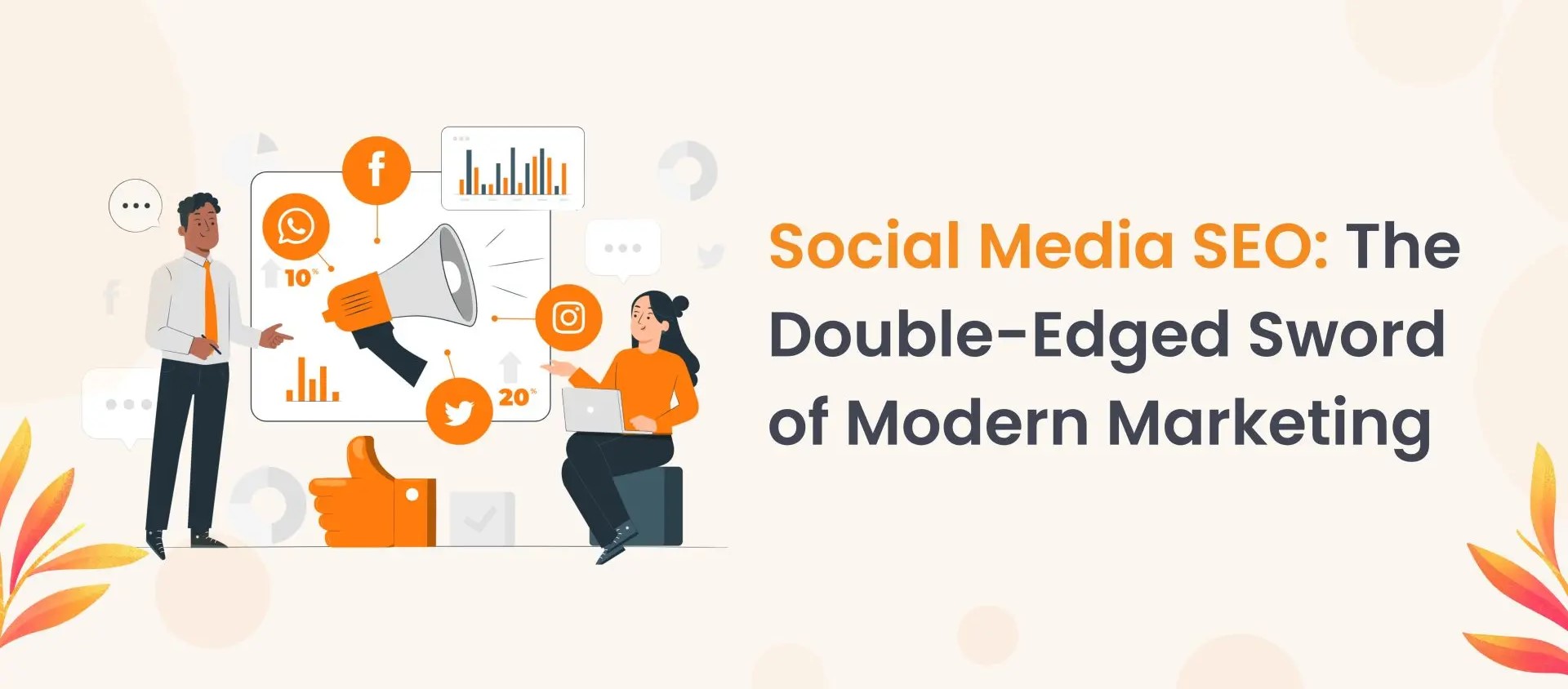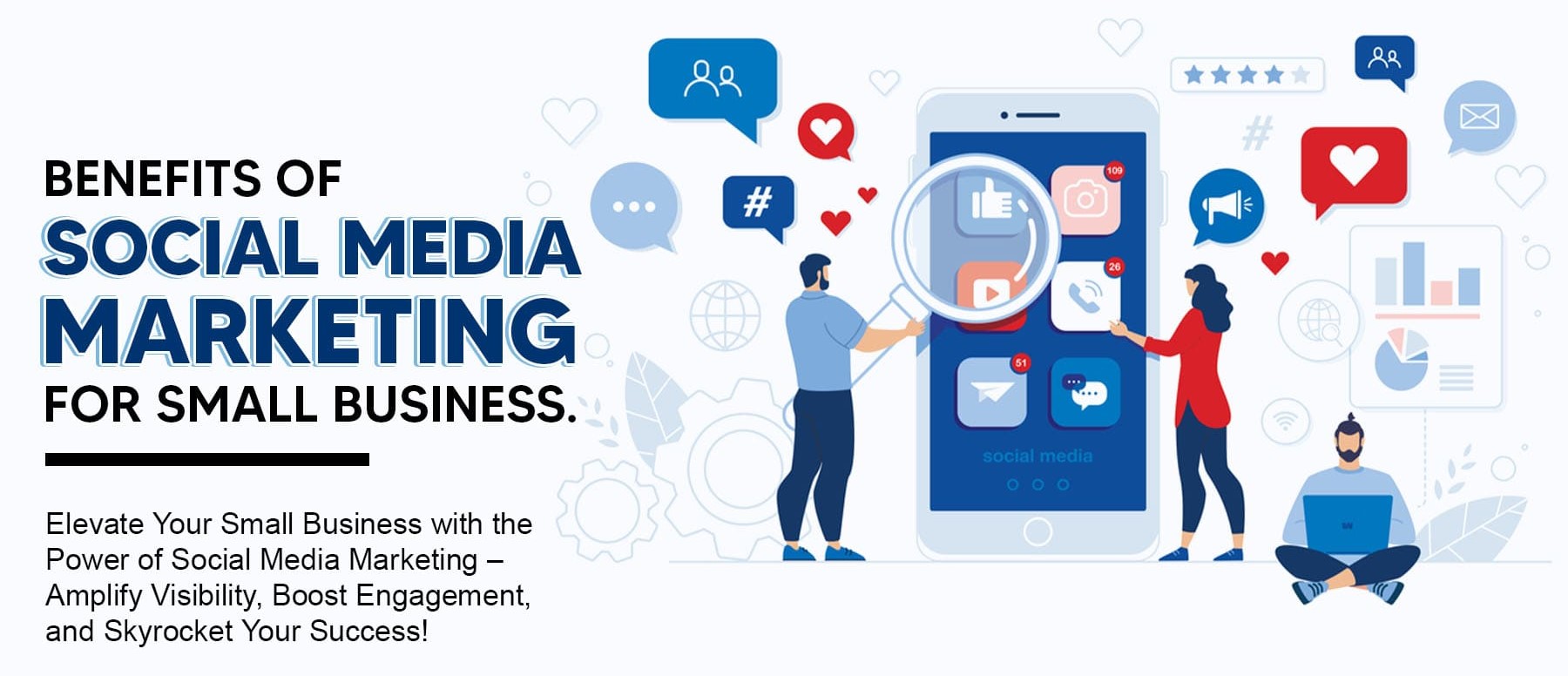Exploring Effective Brand Awareness
- 04 May 2024
- by: Aniyya Nawab
- in: Social Media
- note: no comments
Exploring Effective Brand Awareness Campaign Examples Across Social Media Platforms
In today’s saturated digital landscape, establishing brand awareness is essential for standing out amidst the noise and connecting with your target audience. Social media platforms like Facebook, TikTok, YouTube, Instagram, and Snapchat offer powerful avenues for launching impactful brand awareness campaigns. In this article, we’ll explore some notable examples of successful brand awareness campaigns across these platforms.
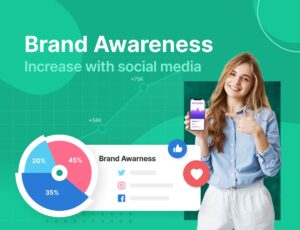 Facebook: Airbnb’s “Live There” Campaign
Facebook: Airbnb’s “Live There” Campaign
Airbnb’s “Live There” campaign on Facebook aimed to differentiate the brand from traditional accommodation options by promoting the idea of experiencing a destination like a local. Through a series of visually captivating videos and images, Airbnb showcased unique and off-the-beaten-path travel experiences, highlighting the diversity and authenticity of each destination. The campaign effectively increased brand awareness and positioned Airbnb as a leader in the travel industry.
TikTok: Chipotle’s #GuacDance Challenge
Chipotle’s #GuacDance challenge on TikTok was a viral sensation that generated widespread brand awareness and engagement. The campaign encouraged users to show off their best “guac dance” for a chance to win free guacamole with their orders. By tapping into TikTok’s trend-driven culture and leveraging user-generated content, Chipotle successfully reached a younger demographic and solidified its reputation as a fun and innovative brand.
YouTube: Dollar Shave Club’s “Our Blades Are F***ing Great” Video
Dollar Shave Club’s debut video on YouTube, titled “Our Blades Are F***ing Great,” became an instant viral hit and catapulted the brand to widespread recognition. The humorous and irreverent video showcased Dollar Shave Club’s subscription-based razor service and effectively conveyed its value proposition in a memorable way. The video garnered millions of views, sparking conversations and driving brand awareness far beyond what traditional advertising could achieve.
Instagram: Glossier’s User-Generated Content Campaign
Glossier’s user-generated content campaign on Instagram leveraged the power of social proof to build brand awareness and credibility. By encouraging customers to share photos and reviews of their favorite Glossier products using the hashtag #Glossier, the brand created a community of loyal brand advocates who amplified its message to a broader audience. The campaign not only showcased Glossier’s products in real-life settings but also fostered a sense of inclusivity and belonging among its followers.
Snapchat: Taco Bell’s Snapchat Lens Campaign
Taco Bell’s Snapchat lens campaign during Cinco de Mayo is a prime example of leveraging augmented reality (AR) to drive brand awareness and engagement. The branded lens allowed users to transform their faces into giant tacos, complete with festive accessories and sound effects. The playful and interactive experience resonated with Snapchat’s young and tech-savvy user base, generating buzz and increasing brand visibility during the holiday.
Conclusion
These examples demonstrate the power of leveraging social media platforms to launch effective brand awareness campaigns. By crafting compelling content, tapping into platform-specific features, and engaging with their audience authentically, brands can create memorable experiences that resonate with users and leave a lasting impression. Whether it’s Facebook, TikTok, YouTube, Instagram, or Snapchat, each platform offers unique opportunities for brands to connect with their audience and elevate their brand awareness to new heights in the digital age.

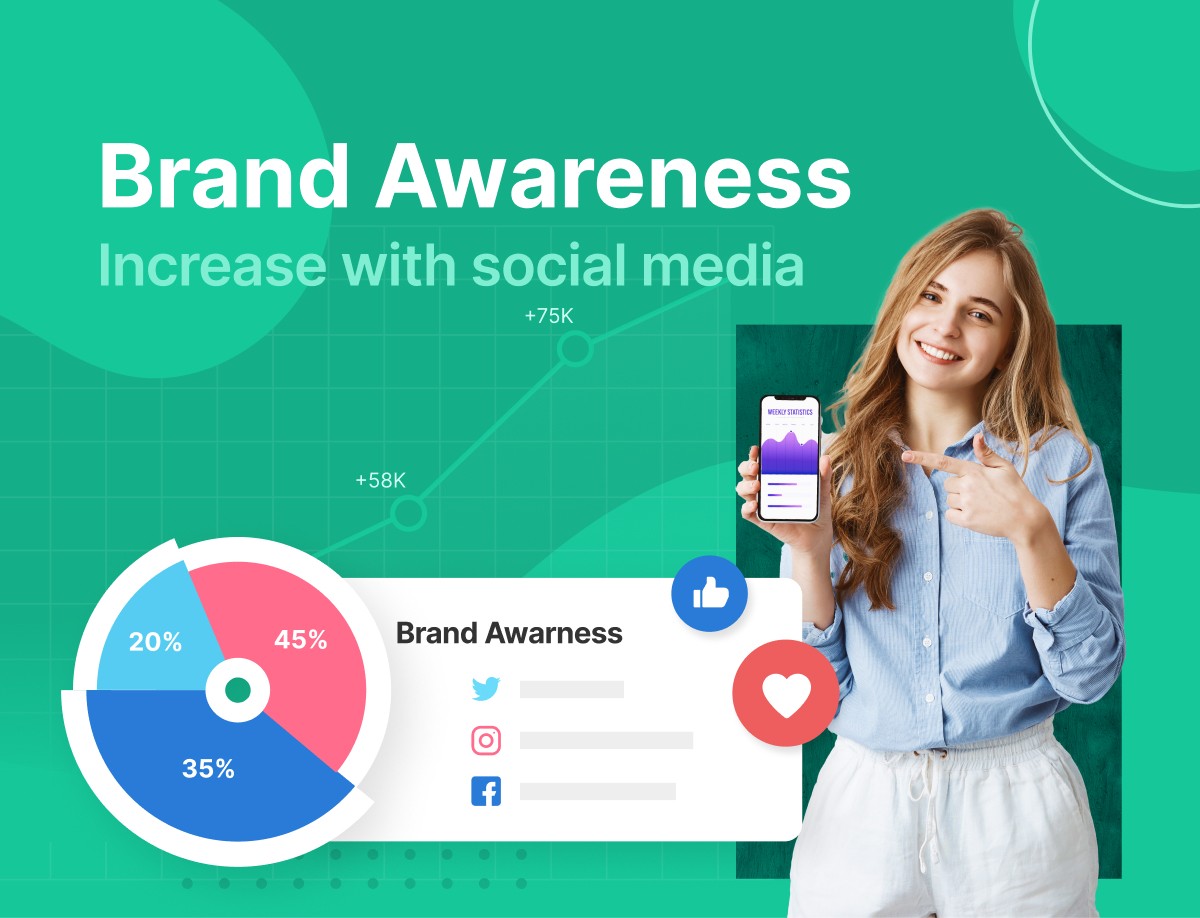

 Impressions vs. Reach: What’s the Difference?
Impressions vs. Reach: What’s the Difference?
 The Importance of Audience Targeting Tools
The Importance of Audience Targeting Tools
 Understanding Community Building
Understanding Community Building
 Understanding Content Marketing
Understanding Content Marketing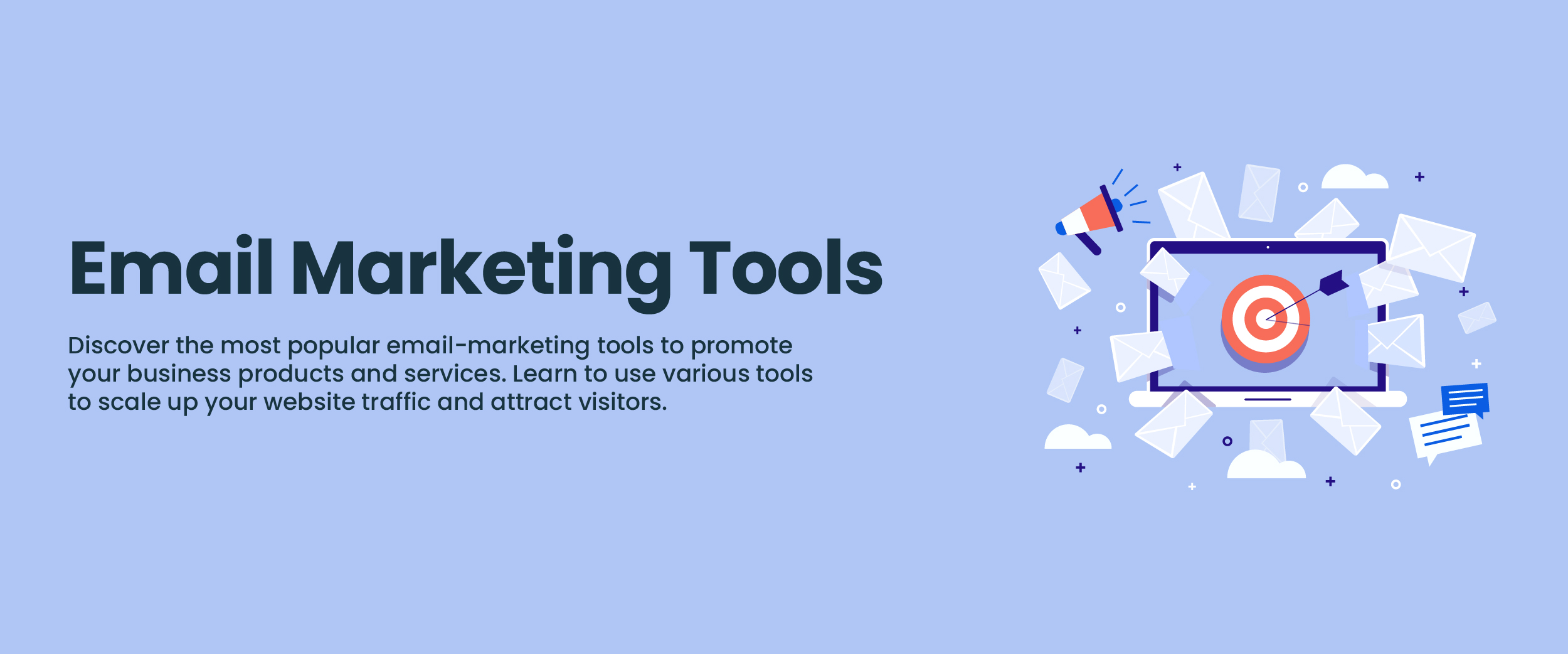
 The Evolution of Email Marketing Tools
The Evolution of Email Marketing Tools

